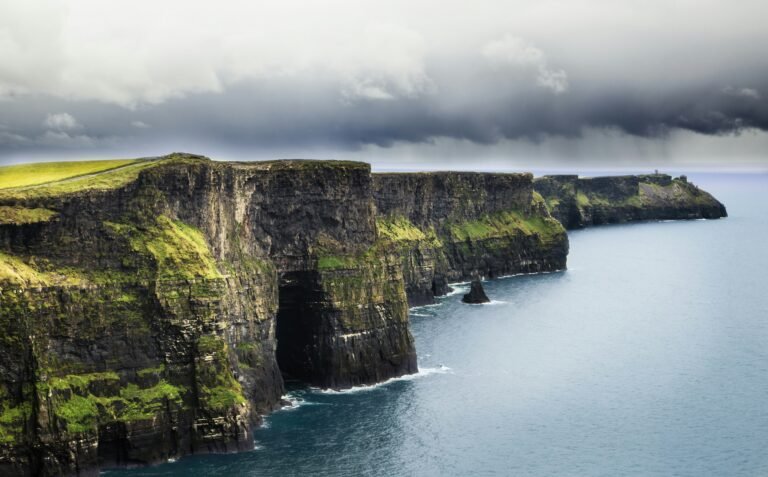A recent study has shed light on the concerning decline of hedgerow biomass in Ireland, primarily attributed to removals and intensive management practices. Conducted by Teagasc and prepared in collaboration with the Environmental Protection Agency (EPA), the research aimed to deepen our understanding of the role hedgerows and non-forest woodland (NFW) patches play in storing carbon within agricultural landscapes. The study emphasized the necessity for greater integration of policy objectives to bolster carbon sinks and combat climate change.
A comprehensive field survey was carried out to establish the correlation between hedgerow biomass and the corresponding measurements of hedgerows. This approach was successfully implemented on a larger scale across two counties, focusing on average dairy, beef, and tillage farming systems. The results revealed that emergent hedgerows exhibited the highest increase in mean biomass, followed by unmanaged irregular hedgerows. Conversely, the largest biomass losses were observed when irregular hedgerows were permanently removed. Additionally, an examination of existing biodiversity scorecards indicated that the current assessment methods overlook the carbon benefits associated with hedgerows.
Furthermore, the study highlighted that assuming full coverage of regularly managed hedgerows, the carbon sequestration potential of such hedgerows could amount to 7% on an average dairy farm, compared to 43% on an average tillage farm. This disparity underscores the significance of hedgerow retention, reduced management intensity, and the expansion of new hedgerows at the farm level. The study emphasized, “This reflects the substantial emissions linked to the average dairy farm and underscores the importance of preserving hedgerows, minimizing management intensity, and increasing the hedgerow area within the farm.”
Presently, Ireland’s national greenhouse gas emission inventory submissions to the United Nations Framework Convention on Climate Change reveal that the land use, land use change, and forestry (LULUCF) sector serves as a net source of emissions. In response, the LULUCF sector has set a target of enhancing carbon sinks to 310MT of carbon dioxide by 2030 under revised regulations anticipated to be enforced in 2024. The study noted, “While current hedgerow management practices may lead to net emissions from the biomass pool, adopting alternative, less intensive management strategies can result in significant carbon dioxide removals within the LULUCF sector.”
Teagasc estimates that hedgerows cover approximately 689,000km in Ireland. The organization has recommended the implementation of further policy incentives to facilitate less intensive management of existing hedges, the establishment of new hedges, and the regeneration of older hedges. The study suggested that such measures would not only enhance carbon sequestration but also bolster the potential for biodiversity ecosystem services provided by hedgerows.





